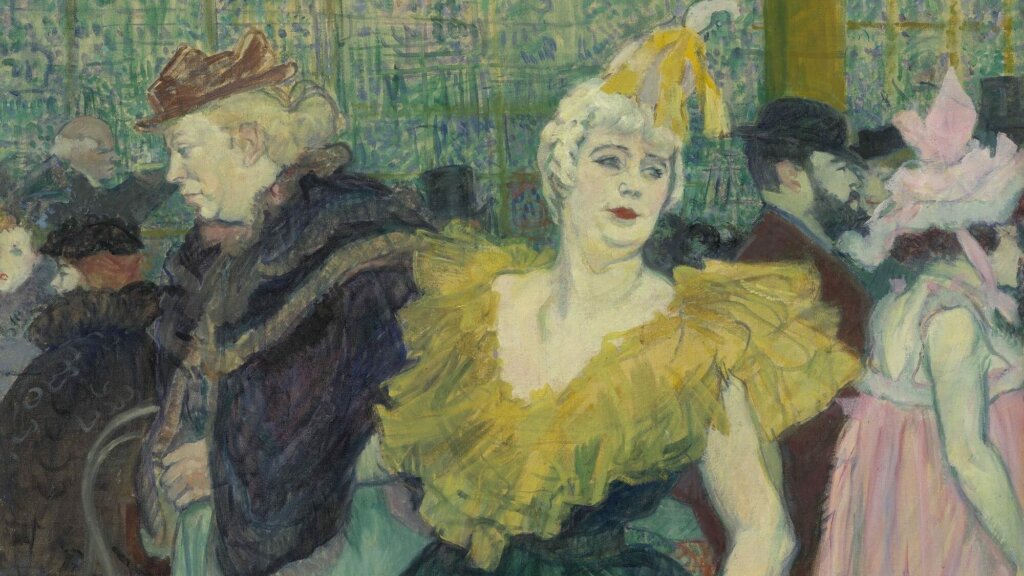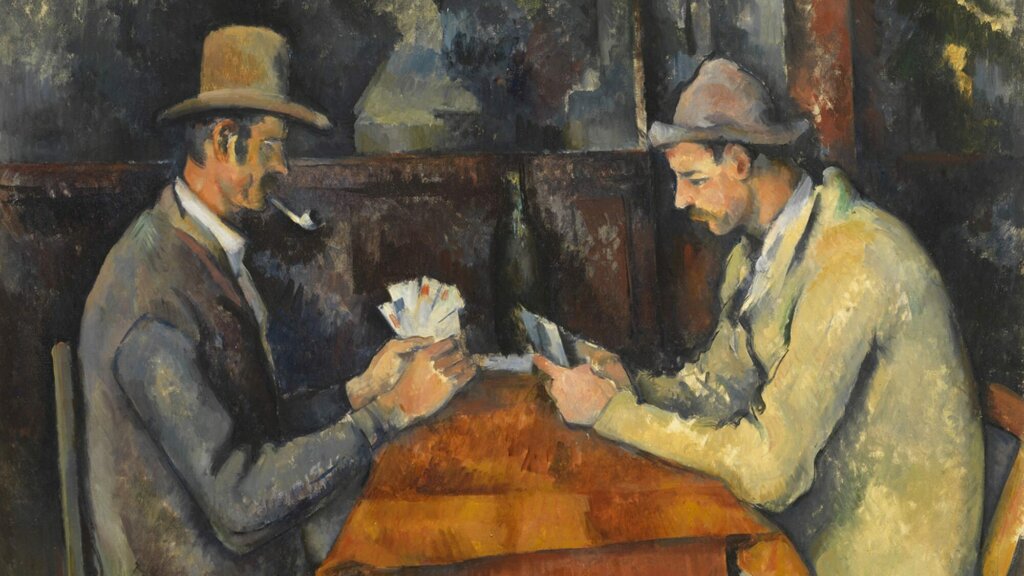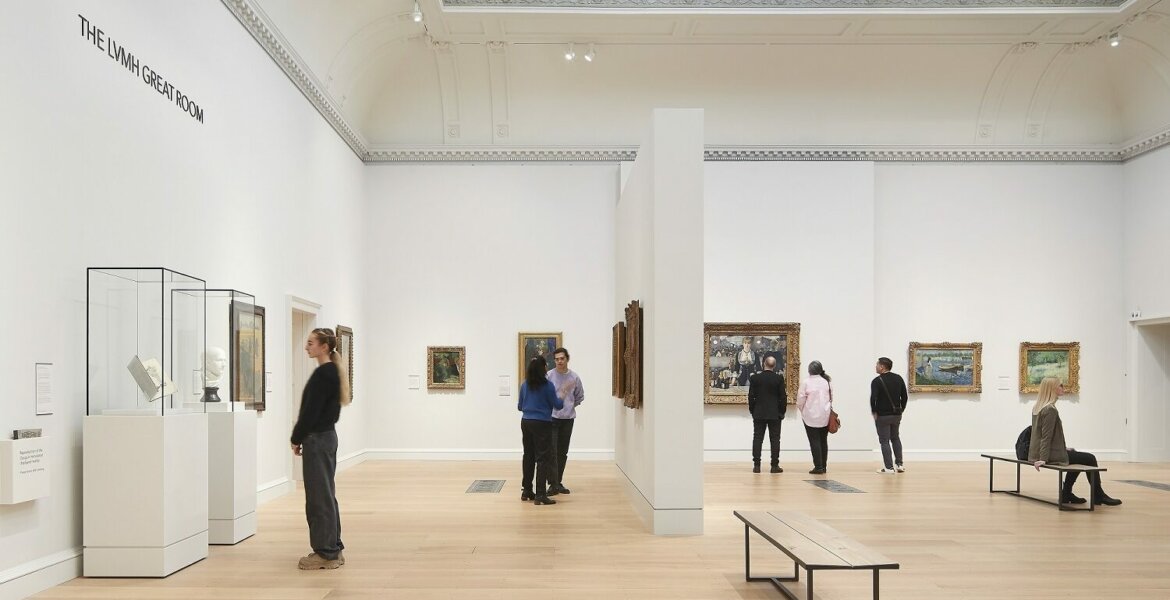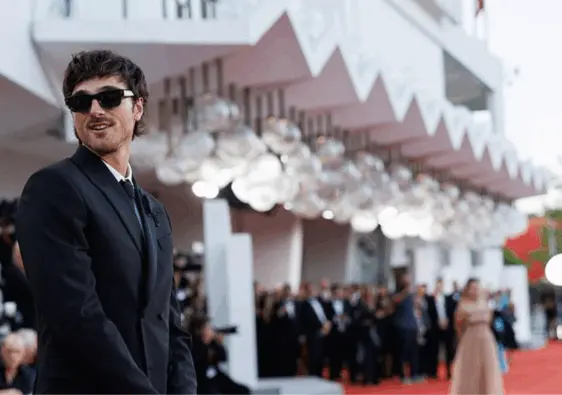All products are independently selected by our editors. If you buy something, we may earn an affiliate commission.
The Courtauld Gallery’s latest exhibition, Goya to Impressionism: Masterpieces from the Oskar Reinhart Collection, is an unmissable opportunity to experience one of Switzerland’s most treasured private collections.
Running from February 14 to May 26, 2025, this exhibition brings 25 incredible paintings from the Oskar Reinhart Collection ‘Am Römerholz’ to London for the first time. It’s a visual journey through European art, from the stark realism of Francisco Goya to the luminous brushwork of the Impressionists.
Oskar Reinhart: A Collector with a Vision

Oskar Reinhart (1885–1965) wasn’t just any art collector — he had a deep passion for preserving and curating European masterpieces. Born into a wealthy Swiss trading family, he used his resources to build a collection that reflected not just artistic innovation but also the evolution of painting.
His collection, housed at his home Am Römerholz, connects Romanticism to modernism, with a special focus on French Impressionism and its predecessors. Unlike many of his contemporaries, Reinhart wasn’t just acquiring art for status — he was interested in how artists influenced and built upon each other’s work over time.
Francisco Goya: Finding Meaning in the Everyday
The exhibition opens with a haunting still life by Francisco Goya, Still Life with Three Salmon Steaks (1808–12). At first glance, it’s just a simple painting of fish, but the dark background and dramatic lighting give it an eerie quality.
A single drop of blood adds a sense of foreboding, reminding us of Goya’s ability to turn everyday subjects into something deeper and more symbolic. Goya (1746–1828) is one of the most influential artists in history, known for his ability to capture raw emotion and the human experience in a way few others have matched.
Théodore Géricault: Capturing the Human Mind
One of the most striking works in the exhibition is Théodore Géricault’s A Man Suffering from Delusions of Military Rank (c.1819–22). Part of his series on mental illness, this portrait is deeply moving—the man’s tired eyes and worn-down uniform tell a story of struggle and loss.
Géricault (1791–1824), best known for The Raft of the Medusa, had a unique ability to capture human vulnerability, making his work some of the most emotionally charged of the 19th century.
From Realism to Impressionism: Courbet, Manet, and Monet
Moving through the exhibition, we see how artists transitioned from Realism to Impressionism. Gustave Courbet’s (1819–1877) The Wave is a powerful seascape that rejects the idealised landscapes of academic painting in favour of something raw and untamed.
Édouard Manet’s Au Café (1878) brings us into the lively social scene of a Parisian café, capturing a moment in time with quick, confident brushstrokes. Manet (1832–1883) was a key figure in the shift from traditional to modern painting, often blending classical techniques with a fresh, contemporary feel.
Claude Monet’s The Break-up of Ice on the Seine (1880–81) is a perfect example of his genius with light and atmosphere. The painting captures a fleeting winter scene, using soft colours and layered brushstrokes to create a sense of movement.
Monet (1840–1926) revolutionised the way we see the world through painting, turning everyday scenes into luminous, almost dreamlike visions.
Paul Cézanne: The Link to Modern Art

Paul Cézanne’s work serves as a bridge between Impressionism and the bold new styles of the 20th century. His The Pilon du Roi (1887–88) is a stunning landscape that draws the viewer’s eye across rolling hills and sharp cliffs, while his portrait of his uncle — once owned by Monet — shows his meticulous approach to form and structure. Cézanne (1839–1906) paved the way for Cubism and modern abstraction, influencing countless artists who came after him.
Pierre-Auguste Renoir: Light, Colour, and Elegance
Renoir’s paintings radiate warmth and movement, and his Portrait of Victor Chocquet is no exception. Another piece featuring two young women captures a fleeting moment of conversation, painted with his signature loose brushwork and luminous colour palette. Renoir (1841–1919) had a gift for depicting human interaction, making his work feel alive and immediate.
Henri de Toulouse-Lautrec: A Glimpse into Montmartre’s Nightlife
Henri de Toulouse-Lautrec’s The Clowness Cha-U-Kao (1895) is a vibrant portrait of one of the most famous performers in fin-de-siècle Paris. Lautrec (1864–1901) had a knack for capturing the bohemian energy of Montmartre, painting cabaret dancers, clowns, and socialites with bold, exaggerated lines that brought his subjects to life.
Vincent van Gogh: Emotion on Canvas
The exhibition ends with Vincent van Gogh’s deeply personal Ward in the Hospital at Arles (1889). Painted during his time in a mental hospital, the work is full of feeling, with its warm, swirling tones giving insight into his emotional state. Van Gogh (1853–1890) was a master at turning personal pain into something visually stunning, and his legacy continues to resonate with audiences worldwide.
A Thoughtfully Curated Look at 19th-Century Art
While the Courtauld Gallery already has an impressive collection of Impressionist and Post-Impressionist works, Goya to Impressionism offers something fresh. It’s not just about individual paintings; it’s about the bigger picture of how art evolved over the 19th century. The show brings together some of the most important names in European painting, while also offering a look at Oskar Reinhart’s personal collecting vision.
For anyone passionate about art, history, or simply beautiful things, this exhibition is a must-see. It’s a rare chance to experience a private collection that has never been displayed outside of Switzerland, and it tells a fascinating story of how artists shaped—and reshaped—the way we see the world.






